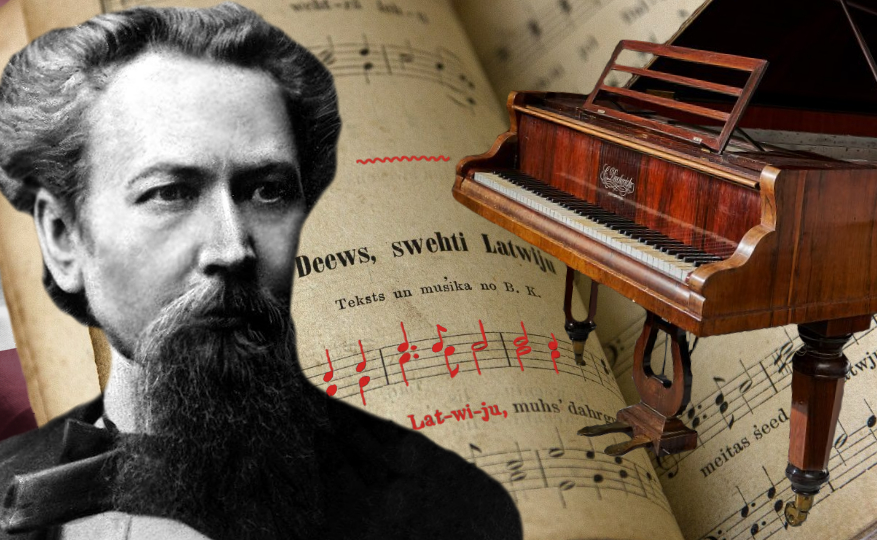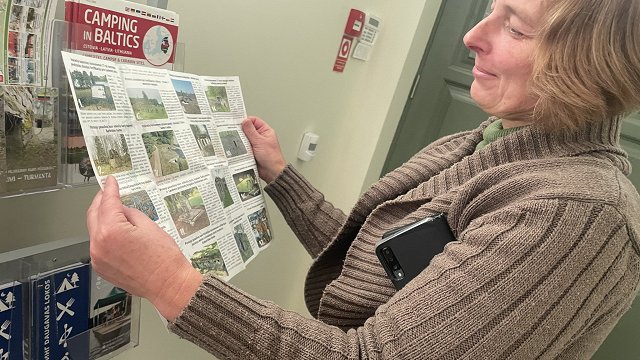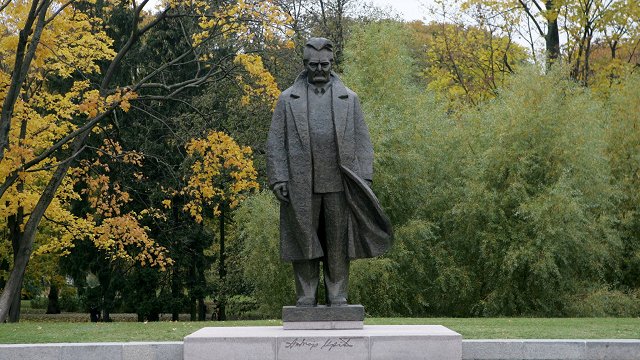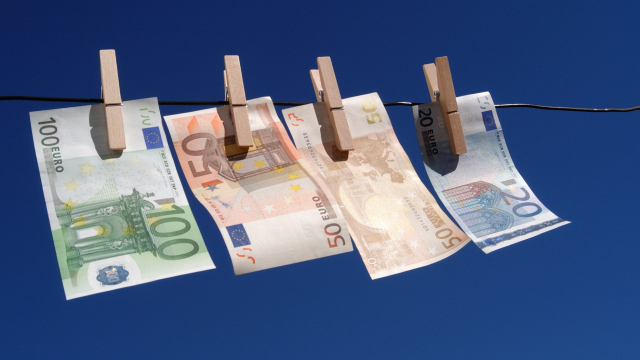Choir conductor Aira Birziņa
Choir conductor Aira Birziņa shares a story from 1988. She was a student at the music conservatory back then, and National Awakening winds were prevailing in the atmosphere of the time, and she was in Vilnius for the Baltic Students' Song Festival. For the first time in years, a parade was held with national flags and public performances of the anthem.
"We could very much feel, between dormitory parties, that we'd have a special moment there. And then, on evening, we received news that we have to go to the forest for rehearsals. We went along in the twilight. I don't remember the size and all the members of our group. [..] We had a silent rehearsal of Dievs, svētī Latviju! thinking that we should be ready if a moment arises when we can sing it."
Birziņa also shared a notebook entry from July 4, 1988, after she returned to Latvia. "I feel as if I've arrived from a distant future or distant past. We felt free, happy, joyful in Vilnius. Ingrīda said we were walking behind a flag that was sacred and treasured to us. We cried singing Pūt, vējiņi. Perhaps for the first and only time in our lives, we sang the anthem at the end of the concert. The orchestra started playing... maybe some five people. Beforehand, I thought I'd be unable to sing it, as I was afraid. But I started right away. We'll wait to see what happens. But we were happy there."
After the Student Song Festival in Vilnius, our dean Imants Kokars was called in at the KGB. Someone had told on them, that they'd rehearsed in the woods and performed the song which the Soviet authorities loathed.
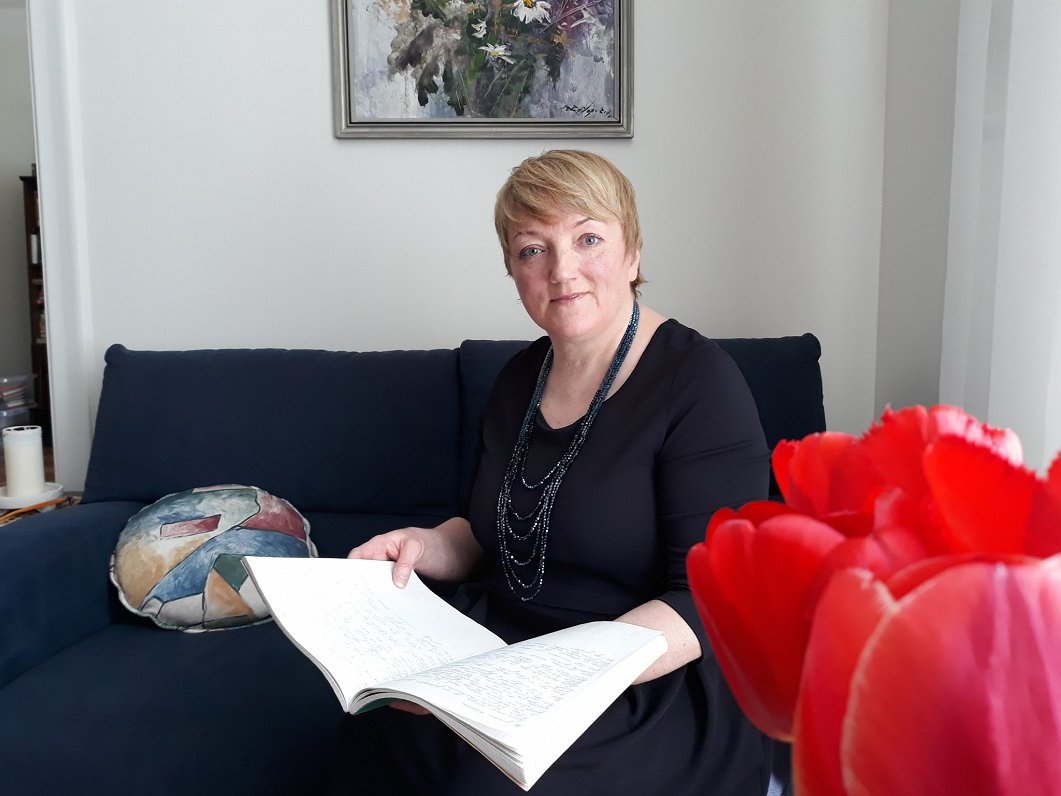
Birziņa says that she finds it hard, emotionally, to sing the national anthem. "I'm [very emotional] every time. A special mood overcomes me. Whether it's during the graduation of the Rīga Dome School or the Song Festival, or November 18 at the Rīga Cathedral, or at the Freedom Monument."
Ambassador Anna Žīgure
Ambassador Anna Žīgure says the anthem has accompanied her wherever she went as a diplomat. She was the first female diplomat of reinstated Latvia. On December 4, 1991 she went to Helsinki to hand in her credentials to Finnish president Mauno Koivisto. Beforehand, an orchestra played the Latvian anthem in the yard of the presidential palace. "It was such a moment to remember, so deep and beautiful and touching, that I think I'd have started crying if the situation were different. But I couldn't. Many cameras and filming equipment were turned against me. I was listening to the anthem... It has remained in my memory to the degree I'm almost tearful now," says Žīgure.
Only years later did she learn that the orchestra did not actually have sheet music. "At the time, in the fall of 1991, very many countries either proclaimed or regained independence. They had ambassadors visiting, and they had to perform the anthems of these countries. There was no sheet music to our anthem to be found in Finland. Then the conductor called the Finnish embassy in Moscow, whereas the Finnish ambassador called our ambassador Jānis Peters, in Moscow at the time. The Latvian embassy had taken our anthem, recorded on tape, to the Finnish embassy. It was then played over the phone, with the choir conductor listening and writing down the music in Helsinki," relates Žīgure.
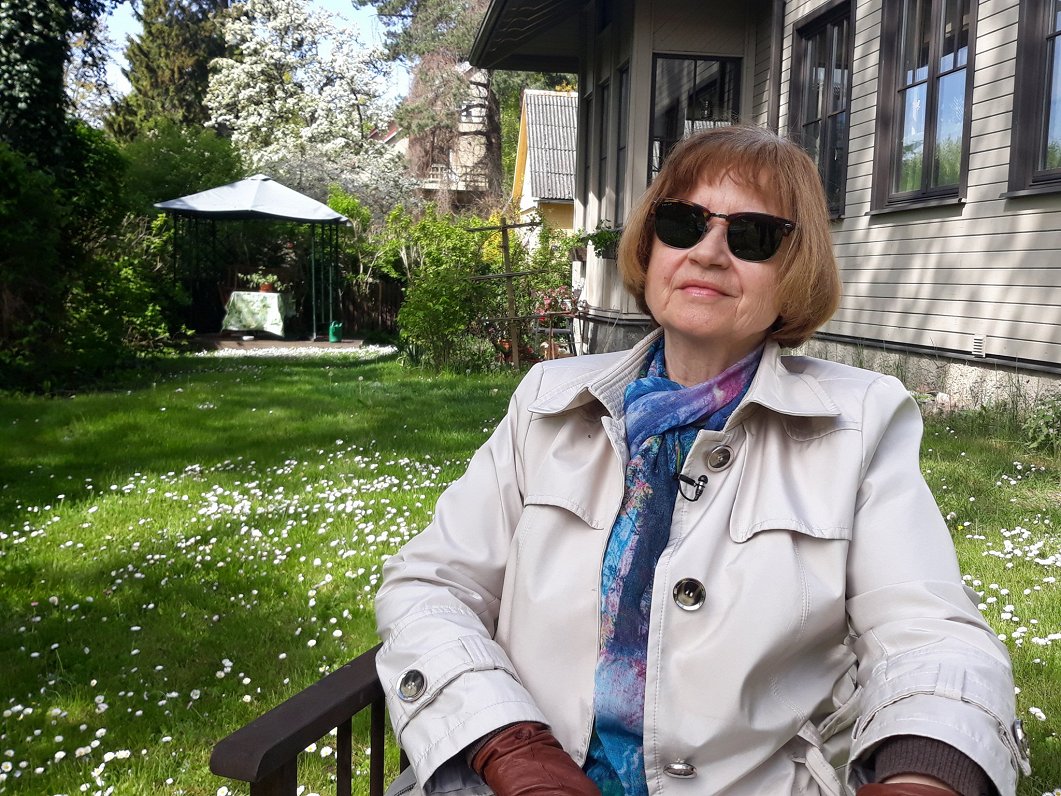
Piano story
In late 2019, a number of museums moved their archives to the Museum Vault on Rīga's left bank. That included the actual piano of the man who wrote the Latvian anthem, Kārlis Baumanis.
Museum specialists agreed to unwrap this dark-honey piano for LTV's Judīte Čunka.
"It's one of the treasures of our collection. I think that in this way our nation is quite unique. We've preserved the instrument used to compose the national anthem," said Iveta Ruskule, the head of the Literature and Music Museum.
"Kārlis Baumanis bought the piano working in St. Petersburg. The sounding board features 1868 -- the purchase year -- carved by the composer himself. He was working at the Reformate School and living on St. Petersburg's Moika Street 36. We think this was the piano's first location after manufacture. In this apartment, many Latvians studying in St. Petersburg [..] were gathering from time to time," said Ruskule.
Baumanis remained in St. Petersburg until 1882 when he handed in his resignation and returned to his native Limbaži. It's unclear how the piano was transported there. "We know that there was a train between Dinaburga [now Daugavpils, Latvia's second city] and Rīga. And then they probably used a horse car to carry this special piano," said Ruskule.
The piano then traveled to Kungu Street 15 and was auctioned off when the composer died in 1905. A teacher at a nearby school bought it and kept it at his house in Turaida, where it stayed until 1972 when Romāns Pussars, a rather patriotic figure in Latvia's museum, got it for the Rainis Literature and Music Museum
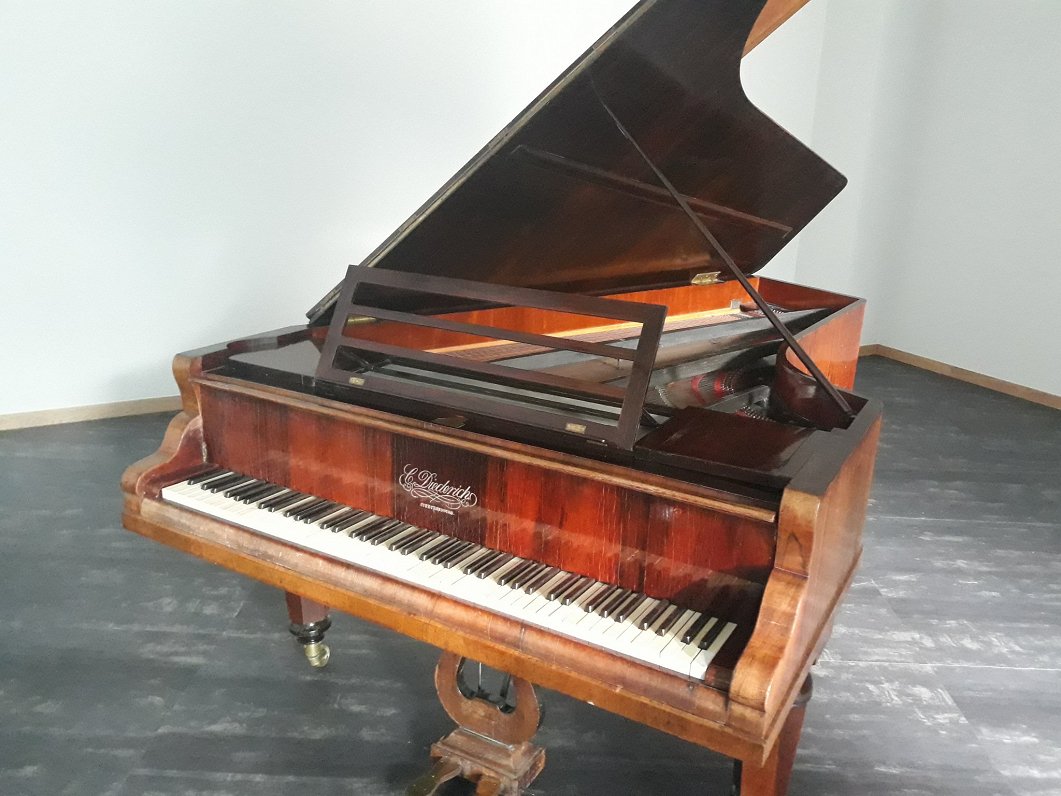
The piano was restored by a team including restorer Gunārs Dālmanis. He stresses that the piano sounds different today, but it would be foolish to try to restore the way it sounded originally. "From today's point of view it's an archaic instrument. Its build is very interesting. English mechanics, which you can use to work wonders, but not as practical to today's virtuosi, like the Steinway models they make today."
